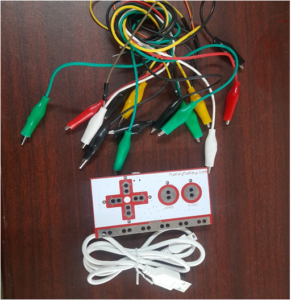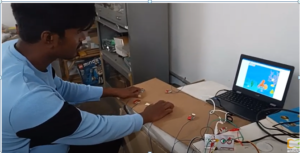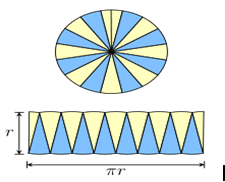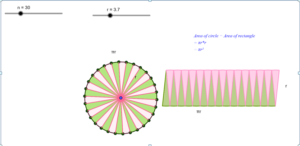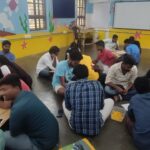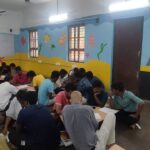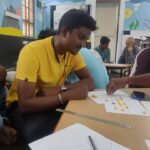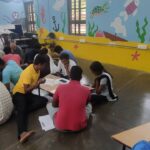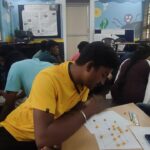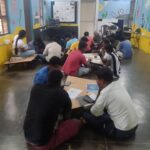FAT:
Feminist Approach To Technology (FAT), FAT is organizing STEM Talk series webinar from January to March 2021, “STEM और हम, स्टेम पर लड़कियों द्वारा चर्चा ” where women will share their journey, achievements, and challenges in the STEM domain. They will discuss how they were able to break gender barriers and fulfill their dreams.
Through these monthly talks, we are aiming that more girls get inspiration from this talk and advocate STEM education for young girls and women so that they can start thinking about education/career in STEM from an early age.
On March 14th I gave a talk over zoom.

STEMland in rural and what are opportunities it’s gives
STEMland at a rural place will give the children, youth, and even adults an opportunity to learn about science, technology, engineering, and mathematics.
Science and Mathematics:
There are many dropouts in a rural place where the children and youths are forced to go to work or children lose interest to learn. Children lose interest to learn as it is not interesting or not fun for the children to learn. In Stemland we make learning science and mathematics through practical means and through programs in laptops. By this, we make learning more fun and interesting to the children and youths. This also gives access to the children and youth to interact with technology programs.
For example,
We have made a practical method to show the a3-b3 using 3d printer and Alice(3d visual programming tool). The children program in Alice and show the visualization of the formula. They also have designed cubes to show the formula. By, this the children are able to understand the concept more easily.
From this, I can say that the children in rural place will have difficulties in language, but as they learn by programing, seeing and touching it makes learning more fun and therefore there is no language barrier.
This also gives the children and youth to interact with technologies. In this process they learn programming skills and designing skills. Here education will not only be theoretical but where they use their hands and minds together.
Technology:
I see most of the rural place is not equipped with latest technologies or even have access to it. I see Stemland as a societal change maker as it brings technology into rural places.
It can also be the first time for the children and youth to get access to laptops and other technologies.
How do I encourage girl children or women to stem education?
The first thing that comes into my mind when I hear this question is that I need to be encouraged in stem education first, then only I can encourage others. I truly believe that Stem education is the future. This is where there is equality in learning, where there is freedom with responsibility which is taken by the students by themselves not forced by the society, parents, or teachers.
I will share my experience with girl’s involvement in stem education. In my beginning days in STEMland, I saw girls getting actively involved in soldering the electronic equipment. I was surprised to see this. I thought that girls will basically work on laptops and do not want to get their hands dirty but here what I saw was the opposite. The girls opened an old Christmas light which was not working and fixed it. This is a true example of showing the interest of women’s child which is breaking the social and cultural norms.
In Stem education, we also provide sessions in leadership qualities where one discovers their potential within themselves and how to come out of fear. This helped me a lot to come out of my fear and to act from my possibilities. There is a practice or thinking in our society that girls should only do this not that and they are not fit for this job and all. Framed by society a girl is set to have boundaries and live within the boundaries. Stem education will be medium which will break the boundaries and will surely make the child work from her possibilities rather than her fear. Stem education has a wide range of opportunities, where a girl child can choose what she really wants from her heart then be forced to.
Post: https://www.facebook.com/92094187593/posts/10159165280042594/


